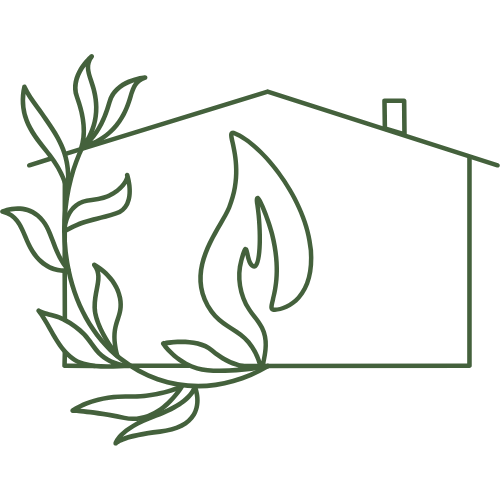The Historic Lime Kiln: A Glimpse into Ainhoa’s Industrial Past
Nestled in the picturesque Basque village of Ainhoa, a hidden gem awaits discovery—a relic from the past that stands as a testament to the region’s rich industrial history. Opposite “la maison Labatchenia,” this silent sentinel is none other than the historic lime kiln, a structure that once played a vital role in shaping the community and its surroundings.
A Glimpse into Ainhoa’s Lime Kilns’ Purpose
Lime kilns have a long and diverse history, dating back to ancient times. These structures were utilized to transform limestone, a readily available natural resource, into quicklime. Quicklime, also known as calcium oxide, was a valuable commodity used for a multitude of purposes, ranging from construction and agriculture to chemical processes.
The lime kiln in Ainhoa was no exception to this historical pattern. Its operation centred around heating limestone to extreme temperatures, causing it to undergo a process known as calcination. During calcination, carbon dioxide is driven off, leaving behind quicklime, a versatile material that could be used for mortar in construction, soil conditioning in agriculture, and even as a key component in manufacturing processes.
Connecting the Lime Kiln to Ainhoa
The placement of the lime kiln opposite “la maison Labatchenia” hints at its significance to the community. Ainhoa, known for its charming Basque architecture and well-preserved streets, was more than just a residential village; it was a place where industries thrived alongside the scenic landscapes. The lime kiln, with its stone structure and intricate construction, was a symbol of the industrious spirit that was part of Ainhoa.
The close proximity of the lime kiln to “la maison Labatchenia” shows the interdependence between the two structures. Lime kilns were positioned strategically near residences or other establishments that could benefit from quicklime and store it. The practicality of this placement facilitated the efficient transport and use of the produced quicklime, a crucial ingredient in various local activities.
Preserving History and Promoting Awareness
As time marches forward, many of the industrial relics that once shaped our communities are at risk of being forgotten or overlooked. The lime kiln in Ainhoa stands as an opportunity to engage with the past, providing a tangible link to the village’s history and the people who once operated it. Its weathered stones are not just artefacts; they are windows into a bygone era.
Preservation efforts are essential to ensure that such historical landmarks continue to tell their stories to future generations. Museums, guided tours, and educational programs can all play a role in promoting awareness and understanding of the lime kiln’s role in shaping Ainhoa’s development.
The Lime Kiln’s Enduring Legacy
As visitors wander along the footpaths to Ainhoa, they can pause and reflect on the significance of the lime kiln. This unassuming structure, opposite “la maison Labatchenia,” is a reminder that history is not confined to textbooks; it’s woven into the very fabric of the village. The lime kiln’s enduring legacy prompts us to explore our surroundings with a curious eye, uncovering the stories that have shaped the landscapes we cherish today.

